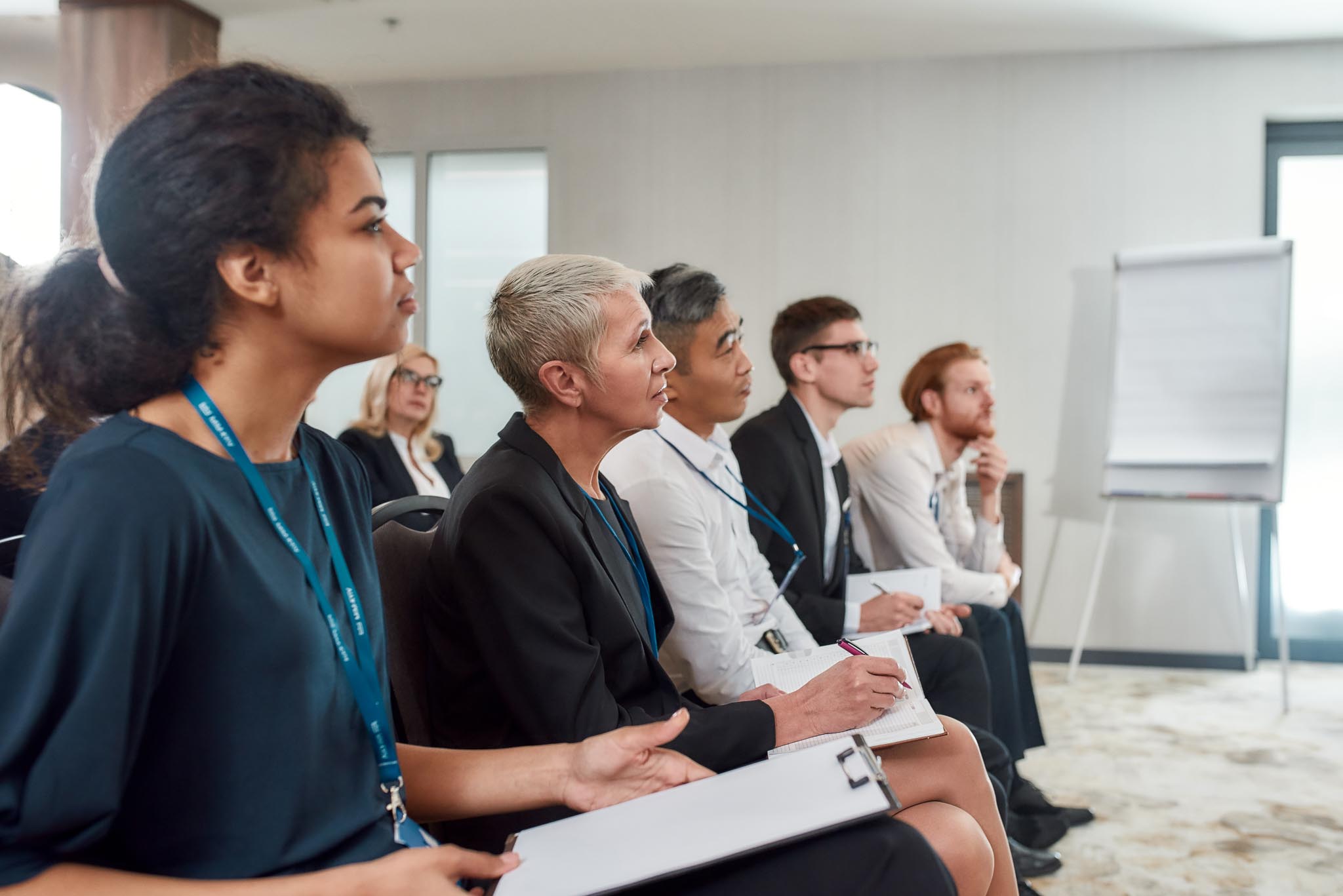The Solution
A new global learning and development reorganization in 2024 opened the door in early 2025 to create a cross-channel learning journey for all leaders across sales teams. WD Communications was asked to come in and not only assess a baseline of current coaching practices, but to design comprehensive 90-day sprints that aligned coaching documentation in a simple, consistent framework.
With our new L&D partners, we co-designed a learning journey that encompassed not only our primary learning participant, the first-line leader, but also second-line leaders, and even executive leadership. The program rolled out in early 2025 in the following stages:
Pre-Assessment of Field-Based Coaching: We assessed aptitude level of written coaching for first-line managers across the organization.
Realignment of Coaching Models and Documentation: We created a simple, streamlined coaching document to be rolled out across therapies. The overwhelming request from leaders of all levels was simplification; we incorporated feedback from not only leaders across all levels, but their learning partners as well.
Live, Virtual Learning Event: We underscored the need for a live, immersive learning experience to kick off the learning journey. Previously, the organization had used static, asynchronous training at huge cost and minimal ROI. Executive leaders, 2nd-line leaders, and first-line leaders were invited to these small group, virtual interactive events, which lasted 90-120 minutes.
The feedback reflected some of the highest NPS scores the organization had ever received for virtual training.
Small Group or 2-1 Executive Coaching and Sustainability Sessions: With our L&D partners, we were able to create sustainability options for therapeutic areas. If aptitude was mid-level to high on initial assessments, we held 30-day group sessions to share successes and reinforce the new coaching process.
If aptitude was lower, we met in 2-1 individual sessions with both 2nd and 1st line leaders to review documentation and skills more intensely, creating short-term action plans to rapidly upskill leaders coaching abilities.
Post-Assessment of Field Based Coaching: We again assessed aptitude level of written coaching for first-line leaders 30-days post live training event. The results were astounding.
Yearly Check-Ins: For long-term sustainability, we scheduled, with executive leader support, year-end check-in sessions to evaluate coaching with therapeutic area teams. These check-ins will both celebrate specific successes and create coaching action plans for 2026.
The Results
Thirty days from the start of our live, virtual learning events, and less than 60 days from pre-assessment of field coaching, we saw incredible jumps in coaching skill. Field-based coaching documentation improved over 34% across the board, with some therapeutic areas seeing jumps of nearly 80% effectiveness.
Not only had skill dramatically improved in a short period of time, but there was now one consistent organizational coaching model, one consistent document, one aligned approach to how to coach field employees.



